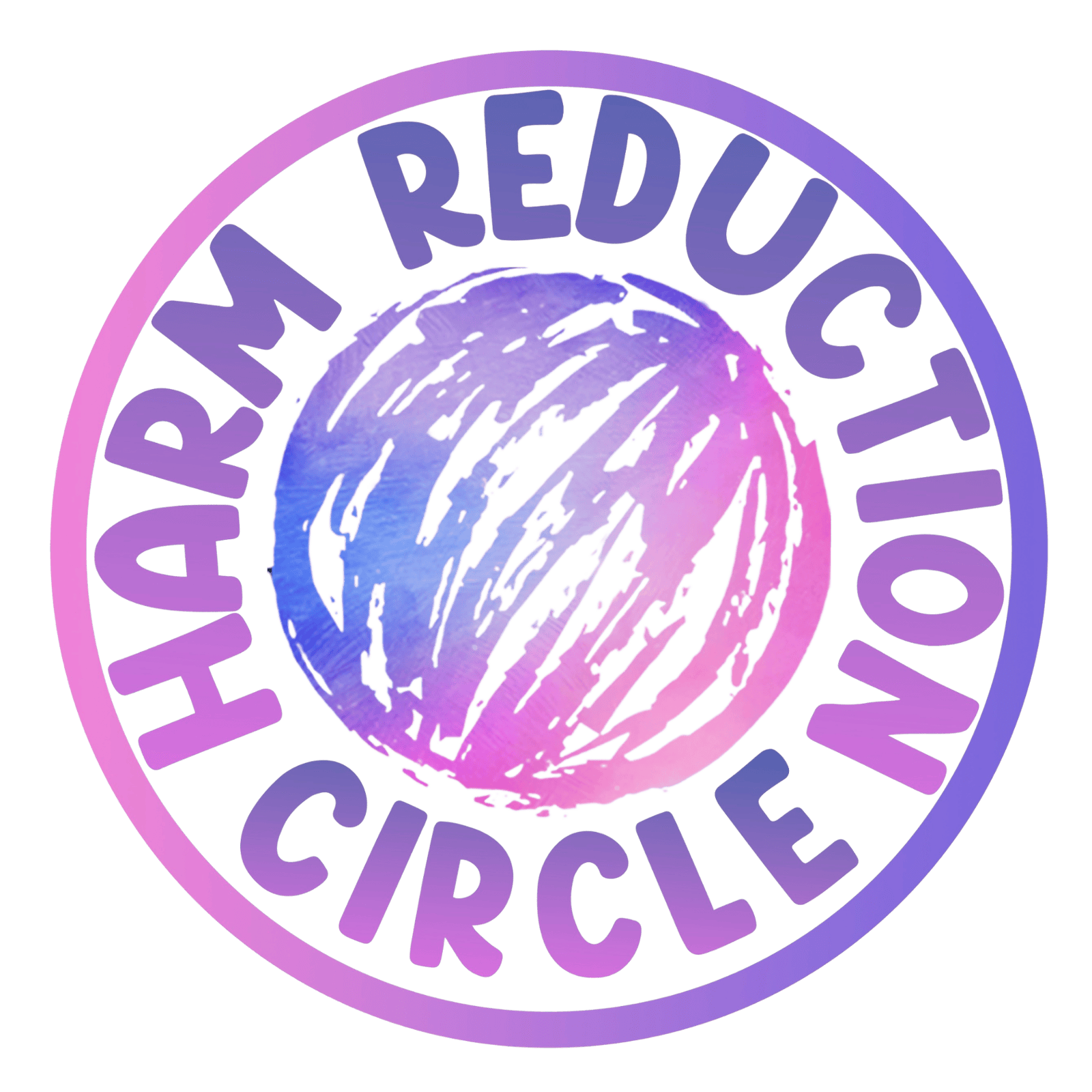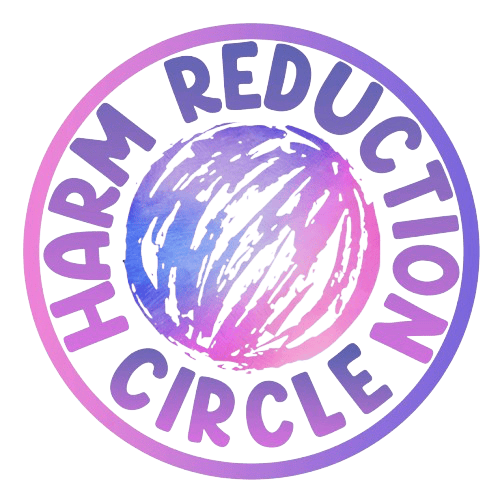Trainings & Workshops for Event Producers & Organizers
For promoters, venue owners, and festival operators integrating harm reduction into event planning and operations.
Behind every safe, memorable event is a production team that plans for health, safety, and inclusion from the very beginning. These trainings are built for event producers, promoters, venue owners, operations leads, safety coordinators, and festival management teams who want to integrate evidence-based harm reduction into their planning and on-site operations.
Our sessions focus on practical, scalable solutions for events of all sizes — from intimate club nights to multi-day festivals. Participants learn how to identify and mitigate high-risk factors like heat, dehydration, polysubstance use, crowding, and communication gaps between teams. Through real-world examples and interactive exercises, producers gain the tools to create safer environments without sacrificing experience or creativity.
Each workshop combines operations strategy with human-centered care. We help organizers design compassionate protocols, coordinate effectively with medical and security teams, and collect meaningful data to demonstrate the impact of safety initiatives. Trainings can be adapted for single-day intensives, micro-sessions for staff, or comprehensive multi-department seminars.

